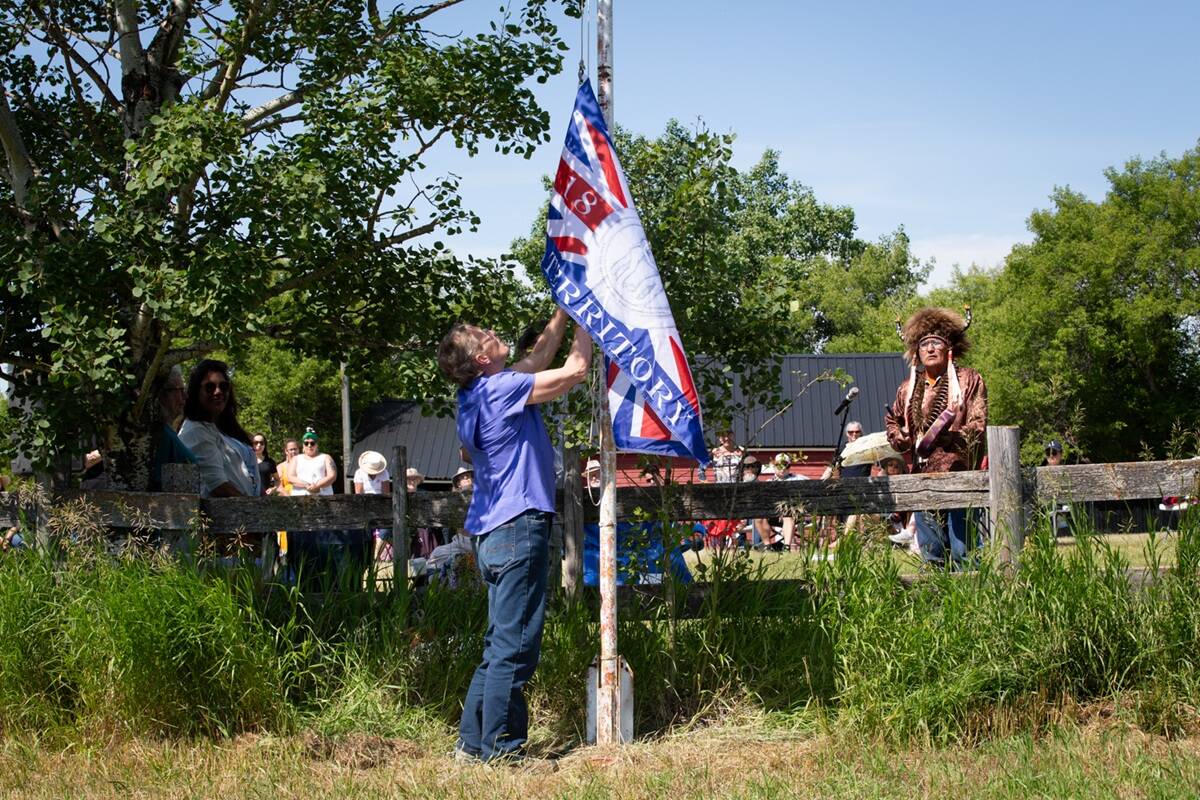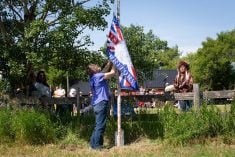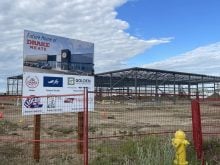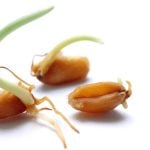As the price of hay increases, the decision to bale graze or not always comes into play, as the “wasted” feed is hard for most producers to swallow. Last year the price of hay was quite high in my area and many bale grazers reverted back to traditional feeding to try and stretch out the feed. Before you fall back on old paradigms this season, I have two questions for you. What is the value of your labour and what is the value of the “waste?” The two big advantages with bale grazing are the reduced yardage costs and improved pasture production.
Read Also

Treaty Land Sharing Network expands reach in Saskatchewan and Alberta
The Treaty Land Sharing Network, which connects land holders with First Nations and Metis people, has expanded since it began in 2018
I would first like to state that similar to any skill we learn, we need practice bale grazing so that we can limit the amount of residue and still feed in an economical manner. The type of animal, the quality and type of feed as well as your ability to make them clean up — all have an impact on the amount of residue left over. If you want to save feed but it costs more in labour and equipment than what it saved, are you really ahead?
Last year hay jumped upwards of four cents a pound in my area. Let’s say we were feeding 200 bred cows and planned to feed 30 pounds per head per day at a cost of $1.20 head/ day. (Of course, this depends on the size and condition of your cows.) That is the feed cost. If I bale graze, I might plan for some waste and feed 35 lb./ head/day. So I am planning for 15 per cent waste.
If you think about it, a 1,300-pound bale would then leave 195 pounds of waste. That is about four square bales left on the ground. If your cows are leaving more than that after bale grazing, then you need to work on improving your management.
At 35 pounds, I’ve bumped up my feed cost to $1.40. When I include the labour and equipment for placing the bales, the labour for removing the twine and the actual labour and equipment value for moving the fence twice a week, I have had my bale grazing yardage as low as 10 cents/head/day. In this calculation, my labour is charged out at $20/hour and my quad is billed out at $30/hour ($50/hour total). That makes for a total feeding cost of $1.50/ head/day.
Let’s say I want to stretch out that feed and use a bale shredder and feed in a bunk. My 30 pounds of hay costs me $1.20/head/day. Now I need to account for my yardage. For easy calculating, I would value a tractor and a shredder at $75/hour ($20 for labour, $15 for the shredder and $40 for the tractor) To feed those same 200 cows, I would need about 4.5 bales. Would that take you about one hour? That would make a yardage charge of about $0.37. The average Alberta yardage rate last I heard was about $0.70/head/ day. That would make our $0.37 on the low side of reality and our total feed cost at about $1.57, compared to the $1.50 for bale grazing.
It cost us seven cents to save five pounds of feed! Does that make sense? Don’t get me wrong, I am not assuming this is your situation. I am setting an example for you to follow. Put in your own numbers and see how they add up?
I realize right now some of you are saying to yourself that your trac- tor does not cost you $75/hour to run. It is fine with me if you want to subsidize your farm, but for those of you who actually what to run a business, it is important to cover your equipment costs to make sure you have a viable operation. Not only do you need to pay the operator, you need to cover the fuel, repairs, maintenance, depreciation and opportunity cost on that equipment. This profit centre also needs to help cover the overhead costs associated with your business. Make sure you are using realistic rates for your labour and equipment. To understand this fully, you might want to find somewhere that teaches Gross Margin Analysis. It is a powerful tool for your business.
Now what about that “wasted feed?”
When I am bale grazing with purchased hay, I use a fertilizer value of $0.30/head/day for every day a bred cow is fed on my property. Using this number that would mean for a 120- day feeding period, feeding 200 head would give me $7,200 worth of fertilizer.
Does that drop your real feed cost by 30 cents? Thirty cents was fertilizer and $1.10 was feed for the cow? Now we are sitting at a total cost of $1.20/ head/day for the bale-grazing example.
We might still get part of the fertilizer value from that feed we fed in the bunk, but we lose the economic value of it as we have to pay to have all that manure hauled out of the corrals and spread. It cost you just as much to get it out there as the value you receive as fertilizer.
The economics behind bale grazing are pretty solid. It lowers your yardage and fertilizes your pastures. Most producers just have to get past “all that wasted feed.” Think of it as fertilizer. Not feed. I would, however, still recommend improving your grazing management to keep a profit in your business. With hay at four cents a pound, your cows can’t afford that for very long and still make you a profit. But if you have to feed stored forage, I feel bale grazing is a better choice than traditional everyday feeding.
SteveKenyonrunsGreenerPasturesRanching
Ltd.inBusby,Alta., www.greenerpasturesranching.com, 780-307-6500,email
















